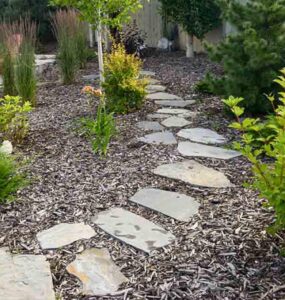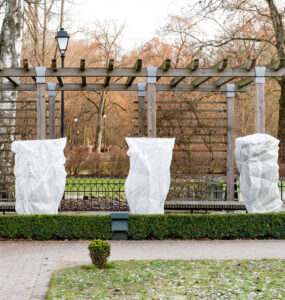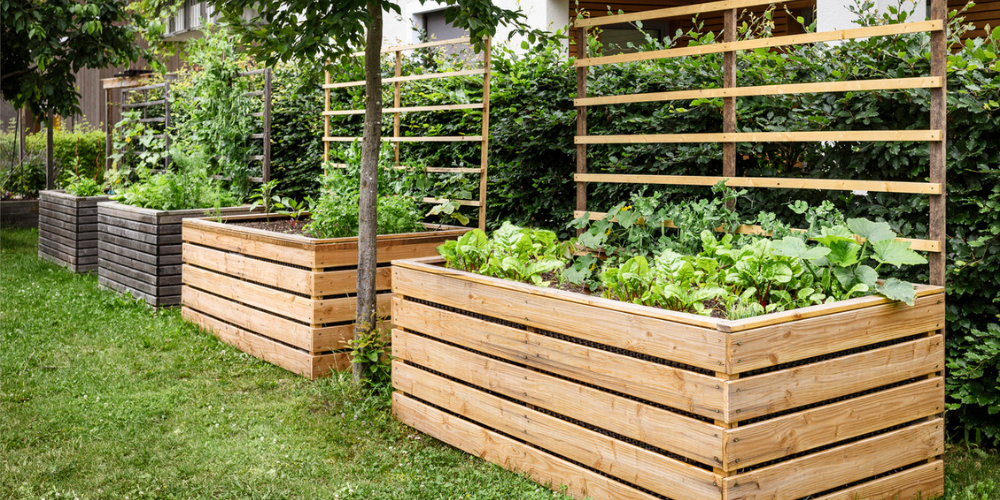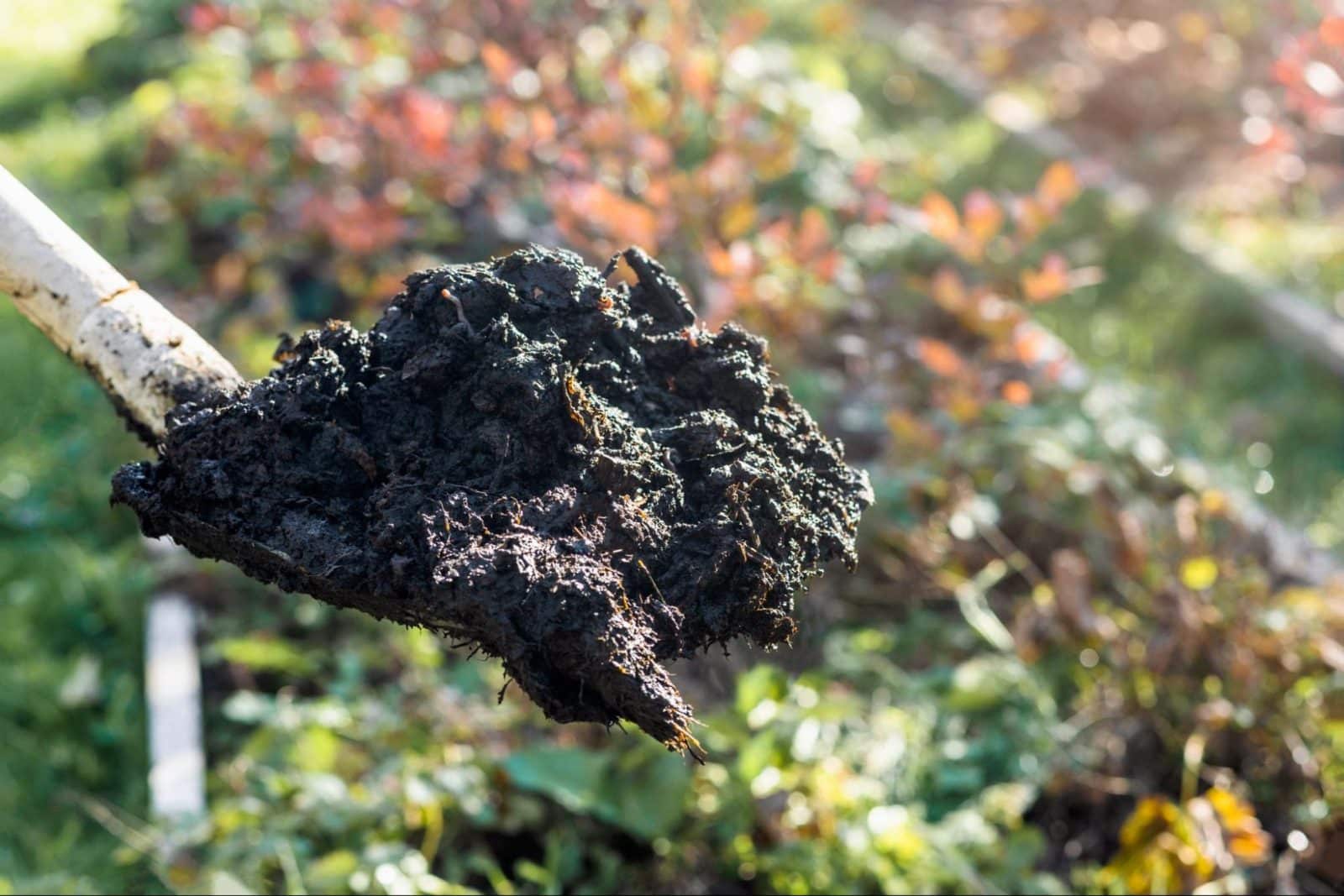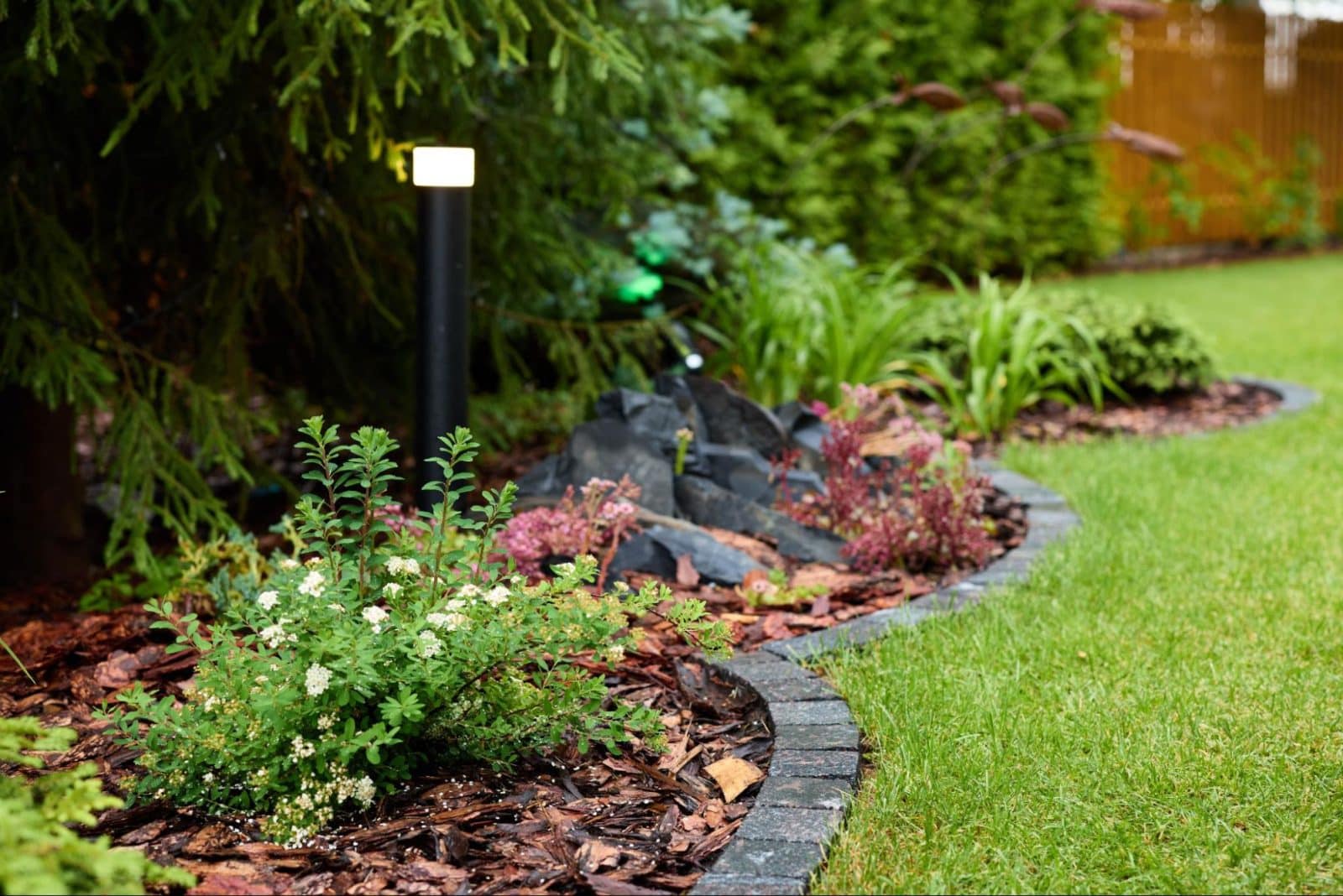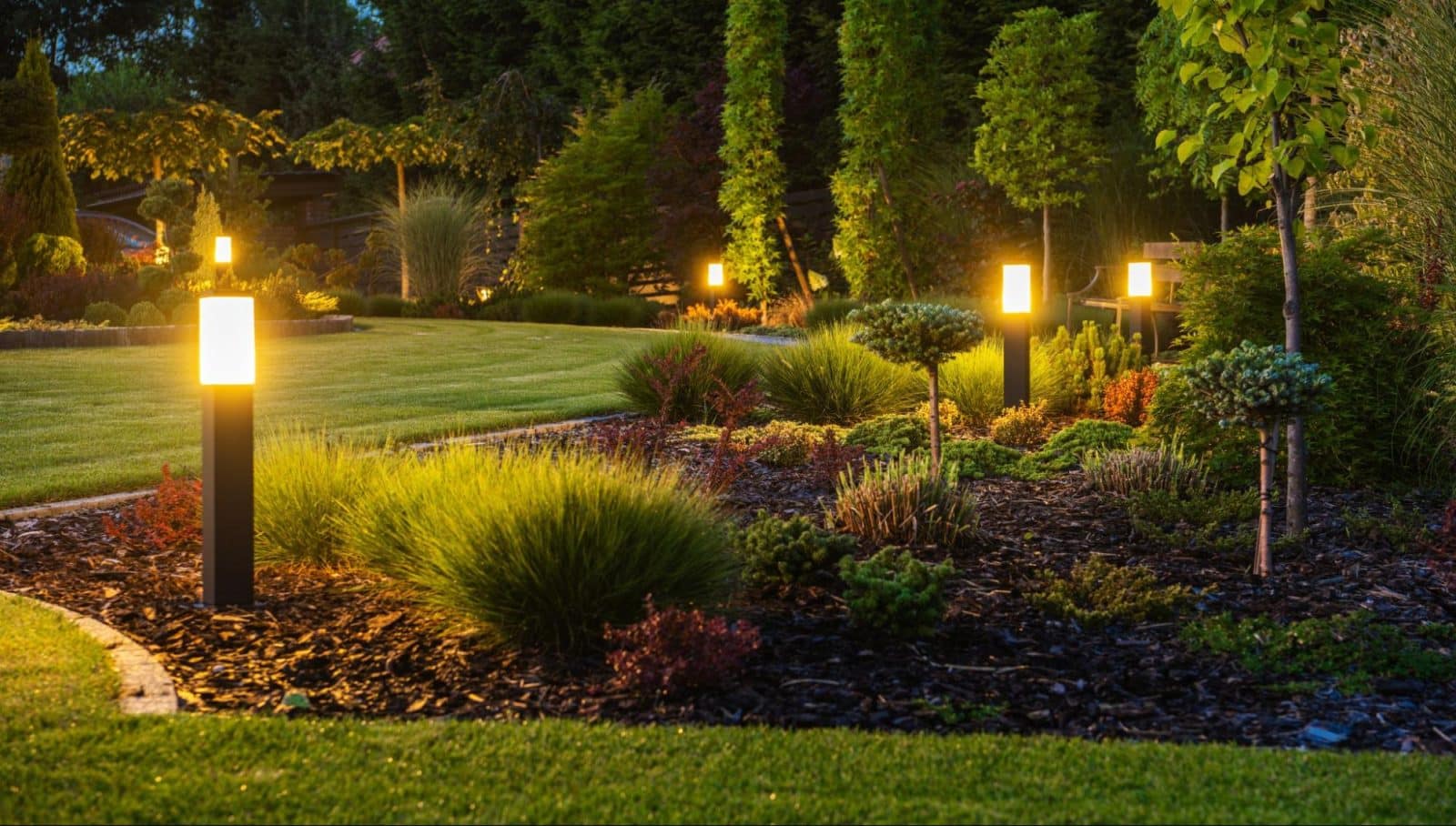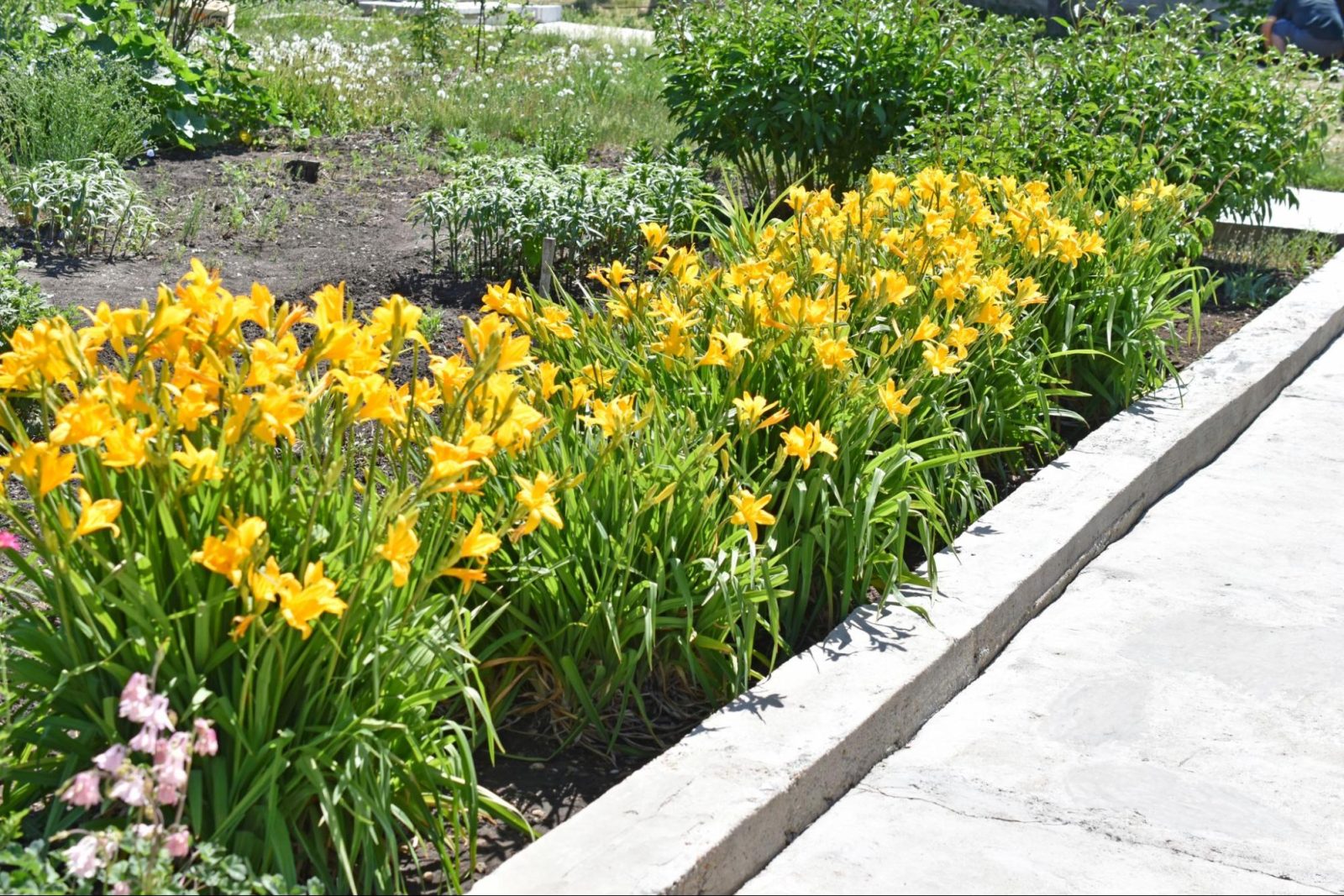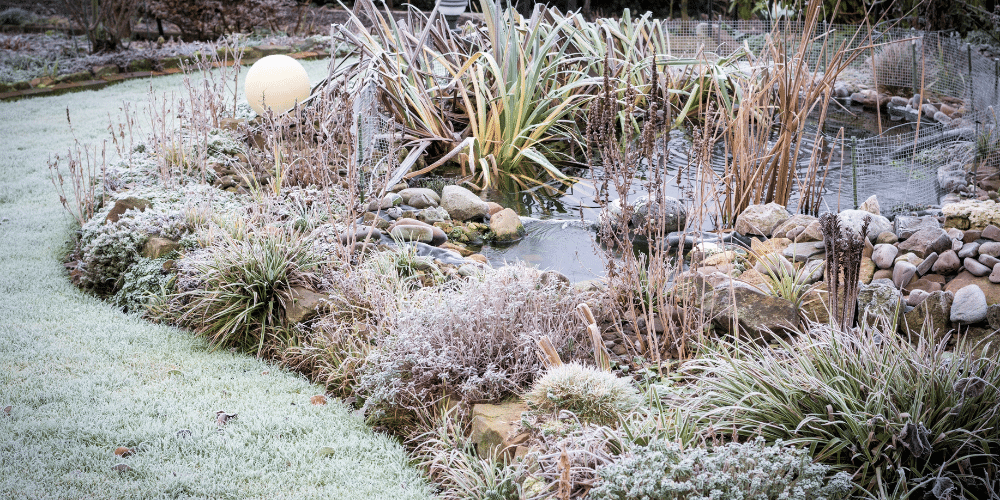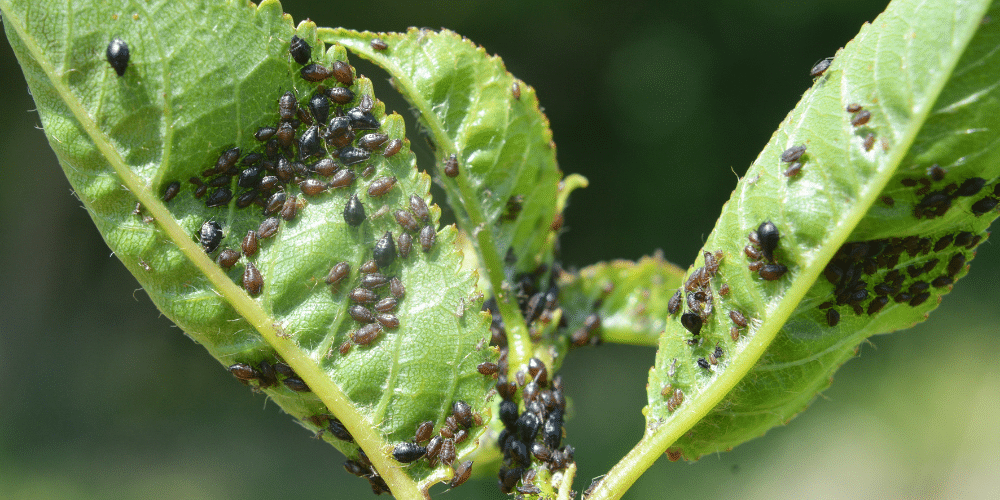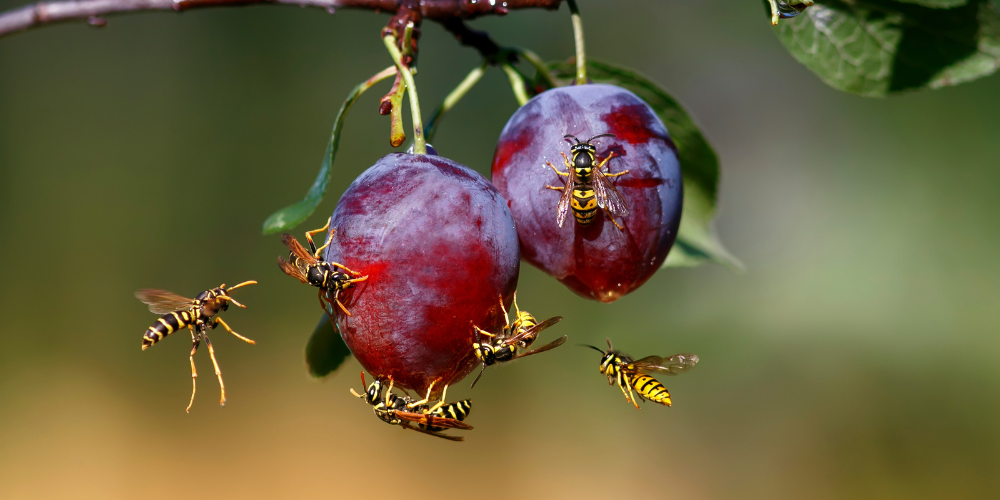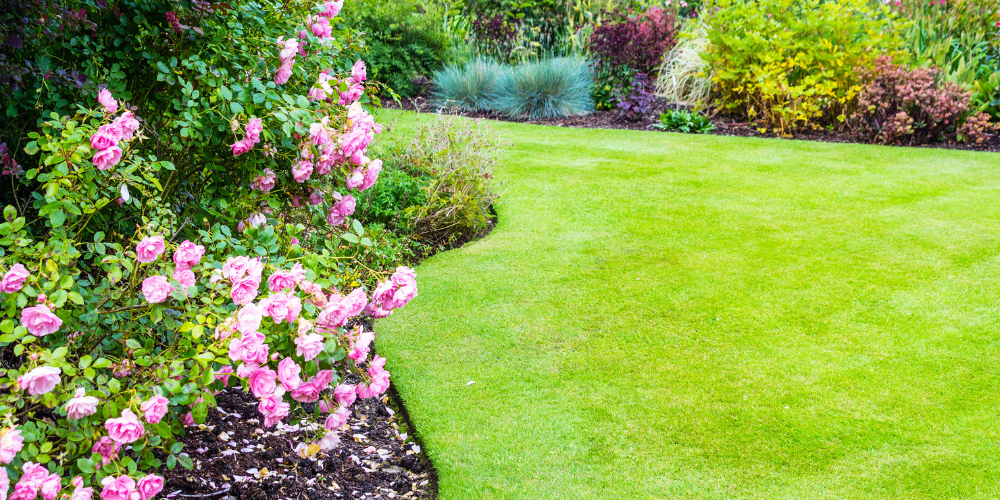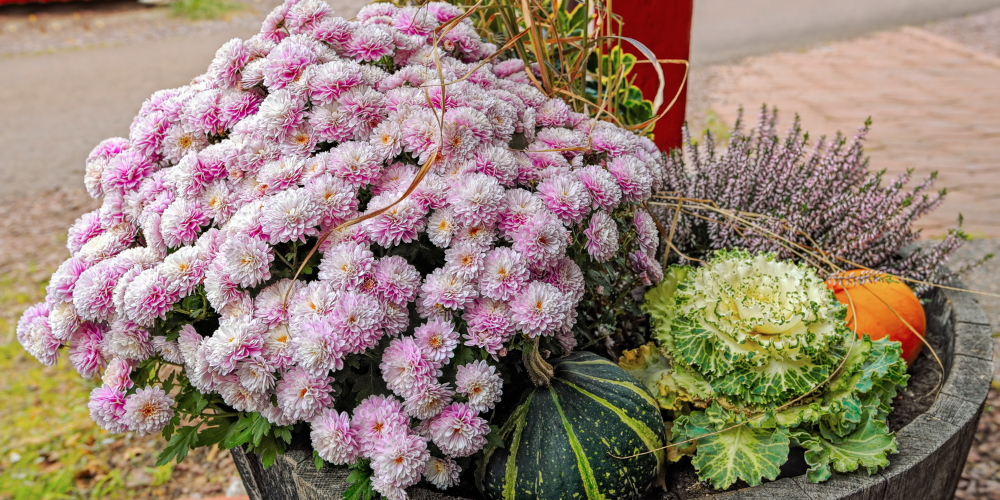
Wind Resistant Gardens
Wind in the Garden
Protecting Against Wind
Plants That Can Take It
“A light wind swept over the corn, and all nature laughed in the sunshine.”
– Anne Bronte
If all wind were are delicate and soft as the one Anne Bronte describes, our gardens would never have anything to fear. Unfortunately, this is one of those cases where fact and fiction don’t always collide. Wind can actually be one of the most destructive forces in our gardens. It tears through, leaving only tatters behind.
Wind in the Garden:
A light breeze can often be a good thing in our yards, especially on a hot summer day. Our plants catch a glimmer of this passing air and ripple with colour and invigoration. When a strong wind comes knocking, though, our plants are often left holding on for dear life – literally.
Strong winds will do their best to force their way through everything in their path. While they can’t make it through a sturdy structure, like a house, our smaller and more pliable plants are easily plowed through. In the chaos, leaves and petals are often ripped to shreds and stems crack under the pressure. However, not all the damage is done above ground.
The pushing and pulling of our plants by the wind can often cause issues below the surface. As the plants move back and forth forcibly, the roots are also being tugged along with them. This pulling and ripping of the roots damages them, preventing the plants from absorbing the water and nutrients they need.
Winds can also play cruel tricks on our soil, making it less than ideal for our growing greenery. With more air circulating against the soil, water will evaporate much quicker from the ground. With no water to quench their thirst, our plants may even fall more susceptible to the negative effects of the wind.
Dig in with Alberta’s Best Gardening Blog for more helpful gardening tips!
Protecting Against Wind:
The biggest mistake that gardeners make when trying to keep out wind is trying to create a barrier. I could get into aerodynamics and explain the science behind why this won’t work, but here’s the gist of it: diverted winds only get stronger, but broken wind is weaker.
For example, if a wind stream encounters a fence, it has to move around it. So, that stream moves to the top of the fence. Trouble is, there’s already a stream up there, so the two of them have to combine forces. Suddenly, you have a much stronger wind than before. But if you just break up the wind in the first place, you get a weaker wind instead.
Now, you don’t need to be a scientist to make this happen. You still want to create a barrier, but in that barrier you want small holes for the air to be dispersed through. The easiest way to do this is to use hardy trees and shrubs. This way, you get to add to your landscape (and market value), while still protecting your garden. Popular trees and shrubs for blocking wind include willows, viburnums, beeches, and rugosa roses.
You can also simply build a fence or a wall, allowing spaces for the wind to be dispersed. For an easy windbreaker, lay your slats vertically or horizontally, leaving an inch or two between. For a more artistic look, try cross-checking them in a trellis pattern.
Also, remember to protect your soil. Keep your water from evaporating by mulching. As an added benefit, you’ll also enjoy regulated temperatures and fewer weeds!
Plants That Can Take It:
If building or growing a barrier isn’t in the cards, you can always try your hand at planting with wind-resistant plants. These plants are strong and sturdy when it comes to a blowing gale, so you can relax when the weather turns.
Plants with upright stems tend to crack in the blowing wind, so choose plants with more flexibility. With the freedom to blow in the wind, they will be less likely to snap or break. Ornamental grasses are a great example of this. Feather Reed Grasses, Blue Fescues, and Oat Grasses are just some examples of grasses that will add colour, texture, and movement to your garden as they wave in the wind.
Plants with narrow leaves also have a better chance in the wind. Big, full leaves are easily picked up and caught in the wind, much like a kite, so they are prone to shredding. Smaller, more narrow leaves are more aerodynamic against the wind. Possibly the smallest and most narrow leaves of all are seen on coniferous trees, like arborvitaes and junipers, making them excellent choices for wind-resistance.
Plants with thicker and sturdier foliages are strong additions for a wind-resistant garden. These plants are designed to stay put, with fleshy leaves that are much too heavy for the wind. Easy examples of these types of plants are succulents. Smaller in stature, these plants stay closer to the ground, giving them a better centre of gravity while their thick outer layer protects them from the elements.
When it comes to the wind, we don’t have to cut our losses on our gardens. In fact, protecting them can be as simple as a little extra gardening or landscaping that can even add market value to your home! To learn more about building a wind barrier in your yard or planting a wind-resistant garden, stop by the greenhouse today.


